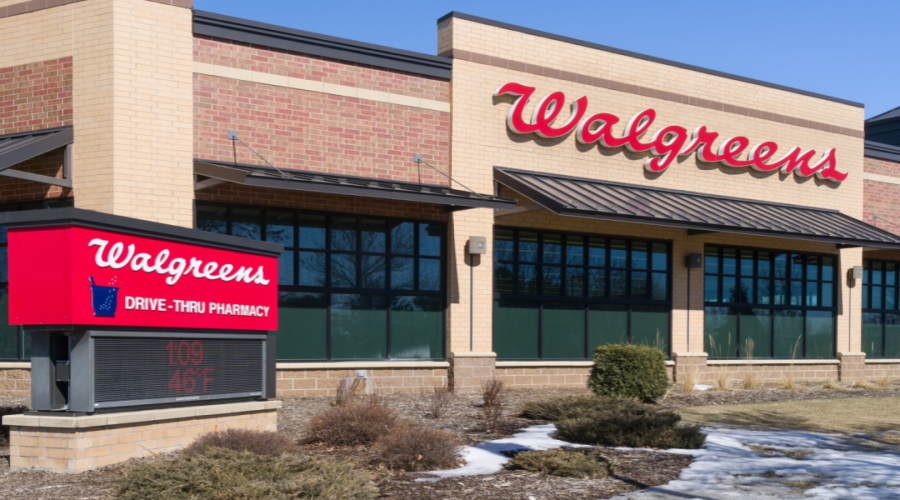Once upon a time, drugstore chains could be found all over U.S. cities, suburbs, and small towns. When patients needed their medications, they had no trouble getting them.
Fast-forward to today and the nation’s largest drugstore chains are reorienting their operations due to growing rivalry, a multitude of opioid lawsuits, and the need for more staff and resources. They’ve already begun vanishing from many communities that are already vulnerable to becoming pharmacy deserts.
While anyone can be affected by pharmacy deserts, some are impacted more than others. Research has found that pharmacies with the greatest risk of closing are those with larger customer bases on public insurance, which doesn’t reimburse pharmacies as much as private health plans. Instead, it tends to have a significant impact on the communities that are underserved, underrepresented, and rural.
Meanwhile, as chain pharmacies continue to close their doors one by one, community pharmacies like yours remain hopeful and ready to step up and take on more patients. And while challenges like low reimbursements and other contracting issues may present a problem, this can truly be a golden opportunity.
“I do think this a tremendous opportunity for independent community pharmacies to serve this patient population that’s going to be left out in the cold,” Dave Wendland, Vice President, Strategic Relations at HRG (Hamacher Resource Group), said. “The opportunity is to serve a community. It’s not for the faint of heart, however, because prescription business alone is a very commoditized business. Independent pharmacies can step up, not just to stake claim to the prescription business, but to truly serve the full health needs of that patient population.”
Access to a pharmacy directly affects how closely people stick to medication regimens set by their doctors. Seniors who struggle with difficult health problems are more likely to become dependent on their pharmacist. But without a pharmacy nearby to count on, many may fall away from adhering to their medications, which is dangerous to their health.
Don’t wait until your competition has locked their doors or their staff has engaged in a walkout before you step up. You have a lot to offer with your wide range of services. Not only do you fill prescriptions, but you offer much more, such as immunizations, counseling, and medication therapy management (MTM).
“Speak up. Put yourself out there,” Wendland said. “Message your neighborhood. Start today. Don’t start when you see Walgreens or CVS pharmacists marching down the street. Begin today and let everyone know how long you’ve been in the business and that you’re not going anywhere.”
Wendland recommends reinforcing what’s different about an independent pharmacy. For example, transferring a prescription or starting with a chain pharmacy sometimes requires a lot of hoops to jump through. It can be a waiting game and it can include frustrating phone tag before a prescription can be picked up. Unlike chain environments, independents typically streamline this process.
“An independent pharmacy should say, ‘If you want to transfer your prescriptions to us, here are the steps you need to go through, and we’re here to serve you,’” Wendland said.
The people who walk through your doorway have one opportunity to form an impression, so make it simple. Start by sprucing up the store. Make sure it’s shoppable and presentable.
“It needs to look like the store is ready to serve those patients and customers walking in, so make it inviting. Send invitations to your community that say, ‘I’d like to invite you into my store. I’m your neighbor!’” Wendland said. “Ask yourself why a patient would want to come to your store. Maybe it’s because you have unique service offerings or special programs available that are exclusive.”
Changes in the healthcare system are crucial right now. Not just for the struggling pharmacies, but for patients who are simply trying to receive quality care. While community pharmacies like yours may feel ready and willing to step in and take on new patients, patient access to your pharmacy is in trouble without improvement to Pharmacy Benefit Managers (PBMs) and the pharmacy payment model.
In a National Community Pharmacists Association survey that was conducted from September 18 to September 26, 2023, 43% of participants reported that they live near a major pharmacy chain store that’s closing its doors. Nearly 90% of participants said they can absorb and provide care for patients who were going to that store. More than 60% of them are actively working to draw in patients by increasing their advertising budgets and targeting their marketing efforts.
From the Magazine
This article was published in our quarterly print magazine, which covers relevant topics in greater depth featuring leading experts in the industry. Subscribe to receive the quarterly print issue in your mailbox. All registered independent pharmacies in the U.S. are eligible to receive a free subscription.
More articles from the December 2023 issue:
- New FDA-Approved Weight-Loss Competitor
- Your Pharmacy Online
- Why You Need an IVR System
- Detecting Early Cognitive Decline
- The Benefits of Cash Pharmacies
- Making Room for Skin Care
- Helping Patients Save
- Nationwide Chain Closings
A Member-Owned Company Serving Independent Pharmacies
PBA Health is dedicated to helping independent pharmacies reach their full potential on the buy-side of their business. Founded and run by pharmacists, PBA Health serves independent pharmacies with group purchasing services, wholesaler contract negotiations, proprietary purchasing tools, and more.
An HDA member, PBA Health operates its own NABP-accredited warehouse with more than 6,000 SKUs, including brands, generics, narcotics CII-CV, cold-storage products, and over-the-counter (OTC) products — offering the lowest prices in the secondary market.












